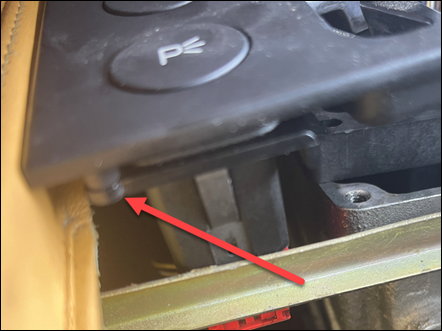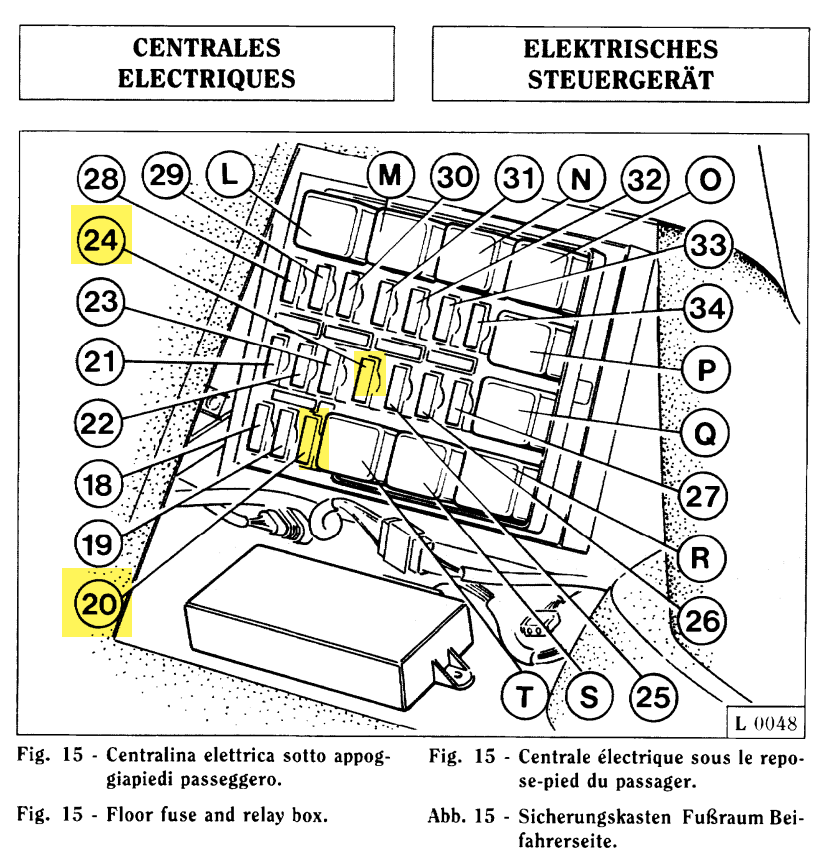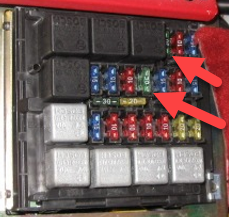Yet another problem that surfaced recently was the buttons in the centre console being pushed through because the screws that hold them to the frame have come loose. I pulled the console apart and was able to identify the location of one of the missing screws as shown above.
I’ve managed to track down that the part number of the screw in question is 15900270 but it is simply identified as a ‘Screw’, which is not very helpful to me. I need to know two major dimensions, the length and the gauge. If I get a screw that is too long I’ll pierce the face of the frame with the tip. If I get one with the wrong gauge (width) then I’ll ruin the housing it screws into.
So, I’m going to have to take punt that one of these three does the trick:
4G x 6.5mm
6G x 6.5mm
8G x 6.5 mm
Turns out that the width of a screw is known as the gauge and the conversion table from imperial (gauge) to mm looks like:
Thus, what I’ll try (all in mm is)
2.9mm x 6.5mm (l)
3.5mm x 6.5mm (l)
4.2mm x 6.5mm (l)
I did my best to measure the housing that the screw will go into and i got:
4.7mm x 9mm (l)
so my best guess, at least initially will be the
3.5mm x 6.5mm (l)
but I’ve had to order 100 of all three types just so I have them on hand. Annoying that I need just one screw and have to buy 300 to try and find that one right screw. Livin’ the dream.
Hopefully, the ordered replacement screws arrive soon and I can try and fix the button mount and get the console back together. Then, I can decide what to ultimately do with the car.


































![clip_image002[6] clip_image002[6]](https://f355home.files.wordpress.com/2023/07/clip_image0026_thumb.jpg)
